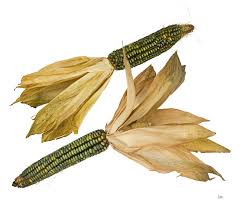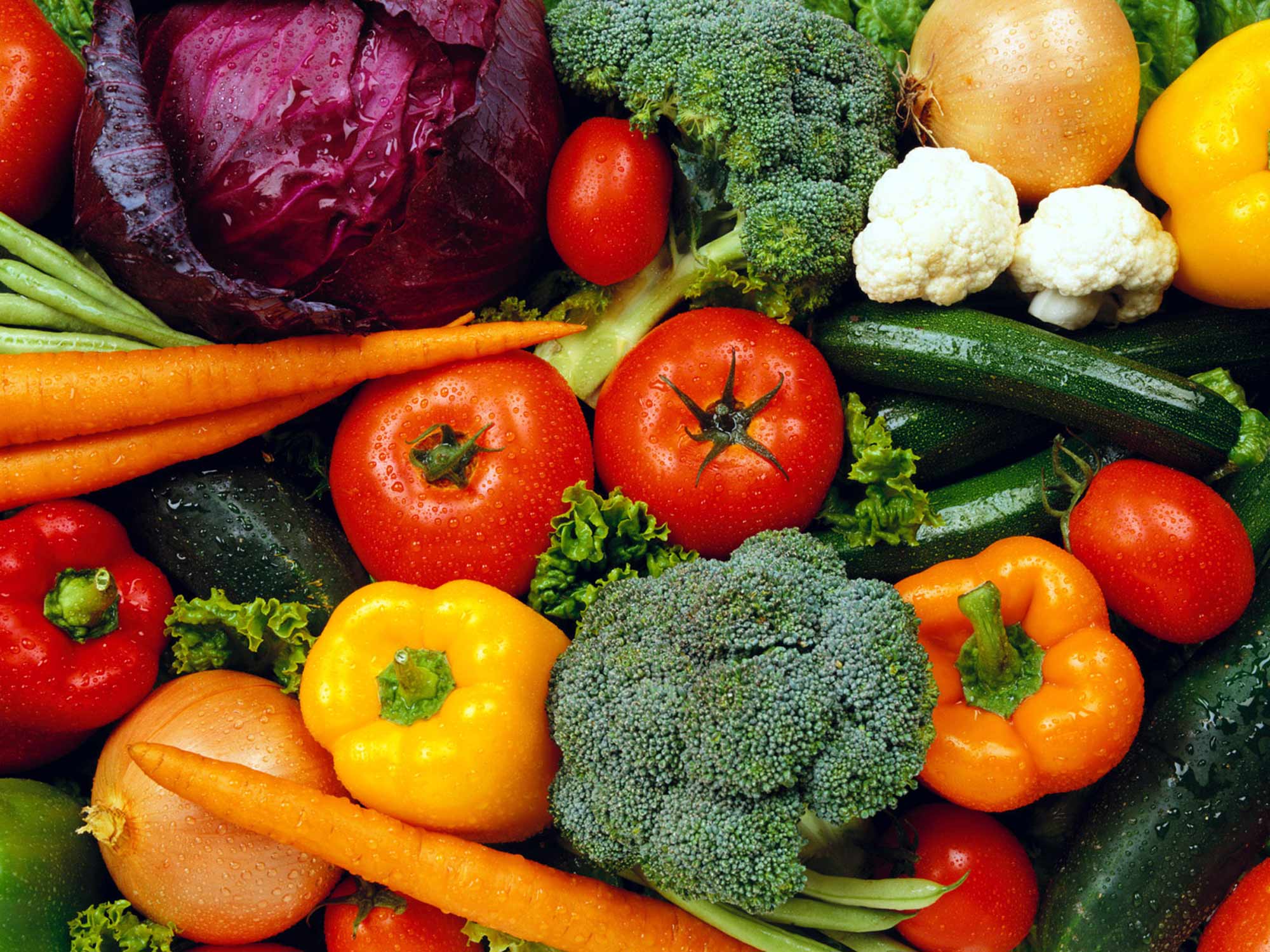Origin: | Family: | Growing Conditions: | How to Grow: | Harvesting:
“Sweet corn” as we know it today is a human developed cultivated vegetable. It did
not exist naturally in the wild, but is a human invention. Originally sweet corn, or,
maize, was known as “Teosinte” (Zea mexicana). Teosinte was an annual grass
native to Mexico and Central America. It had very small kernels that were spaced far
apart that had value as a fodder plant but very little edible seeds. The first
archaeological evidence of domesticated corn comes from the San Marcos cave in
Tehuacan and the Guilá Naquitz cave in the state of Oaxaca, Mexico. The corn in
San Marcos cave is dated to over 5,000 years ago. The cobs from the Guilá Naquitz
cave were dated to over 6200 years old. www.sweetcorngrowingtips.com/
Poaceae
- •Sweet corn is a warm weather crop. Best results are achieved when the soil temperature reaches above 12 degrees Celsius during spring and summer.
- •For optimum growth and quality the temperature range is from 24°C to 30°C.
- •Choose a full sun, well drained position that has been prepared with compost, worm castings and a slow release fertiliser. Sweet corn are heavy feeders and plenty of water is needed to grow a successful crop.
- •A pH of 5.5 – 7 is optimum.
•Block planting improves pollination (as it is wind pollinated) so plant in blocks instead of rows.
•Seeds will germinate in approximately 10-14 days.
•Once the first node on the stem shows root nodulation, hill the plants up to 25 – 30 cm deep with soil. This will stabilise the crop and add extra nutrition for these heavy feeders which will increase the crops production.
•Mulch with sugar cane or another “grass” mulch such as pea straw or lucerne.
•2 weeks after the silk appears start checking the kernels to see if they are milky when pierced. The silky part at the top of the corn cob will go from pale yellow to dark brown and then start to shrivel.
•The angle of the cob starts to veer at an angle of approximately 30 degrees from the stalk.
•Grab the corn stalk, twist and pull the cob down until you hear it snap.
•Immediately plunge the corn into the ice water and submerge. Once you have picked the corn the corn’s sucrose (sugars) start to convert to starch, which will result in the corn losing its sweetness.



